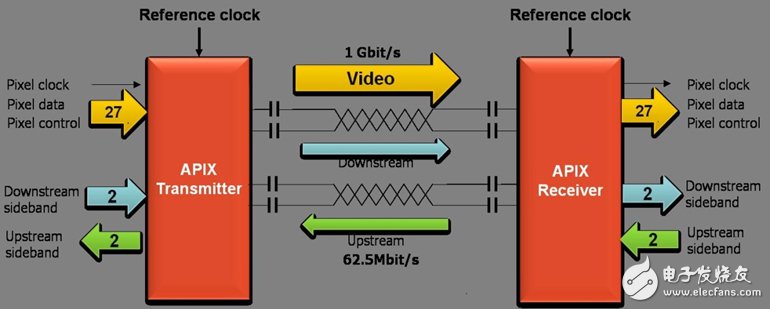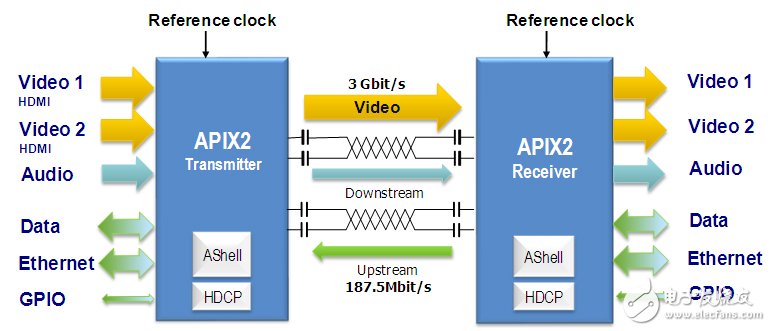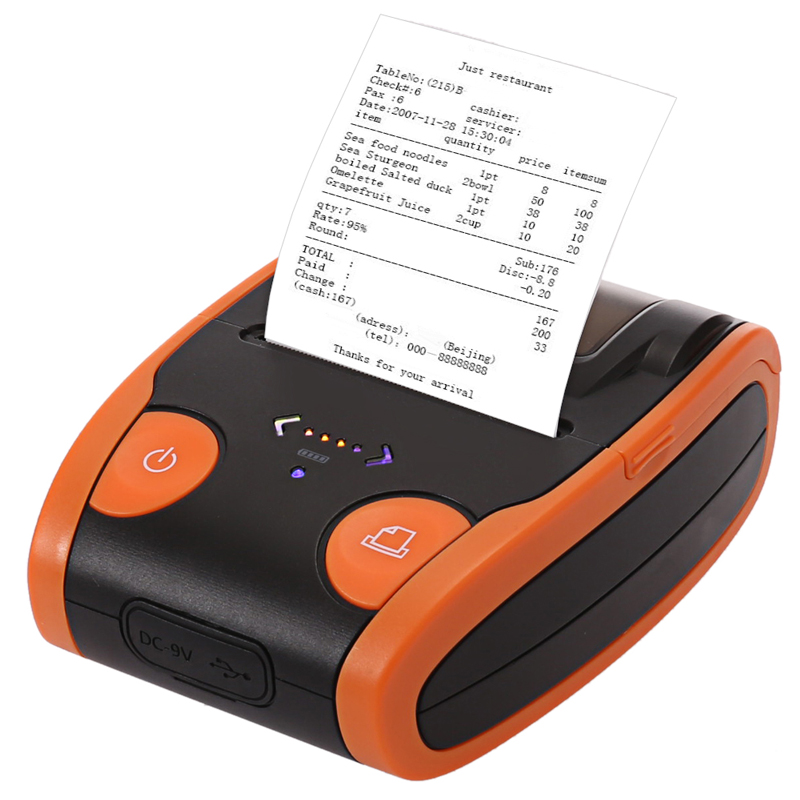New IC and topology break through the bottleneck of automotive data networks
Today's car designers face a major challenge with opportunities: customers need more connectivity and graphics, and are clearly willing to pay for it. Drivers and passengers naturally need basic operational information, but they also need real-time maps, entertainment and information. If they are used to it and actually like to use multiple screens in a home and office environment, how can they not want this in a mobile car environment?
The reality is that for today's young car buyers, this connection and display has changed from "dispensable" to "necessary." Whether you call it an infotainment system, a smart drive interface, a connected car, a car cloud connection, or any other name, this trend will not change: it is becoming a standard accessory for all cars except low-end cars.
But we also face a technical problem. The manageable problems in a fixed home/office environment are quite different in a car environment. Supporting multiple screens is not only a matter of computing power. It also involves complex wiring, connectors, heat dissipation, and signal integrity issues, all of which are complex and severely constraining the automotive world.
In theory, three issues must be addressed: a high-performance interconnect network between the graphics processing core, multi-display, graphics engine, and display. Consider assembling an instrument panel on the car, a front passenger side display, a center console, and possibly a head-up display [HUD], a rear-view camera, or even a rear-seat surveillance camera. The biggest challenge is how to effectively use a single centralized set of graphics rendering and image processing kernels to support four, five or more monitors and cameras?
The obvious solution is to use large standard PC cables and interfaces like HDMI, but this approach does not work for a number of reasons. First of all, the wiring of these cables is extremely labor intensive. Second, signal integrity is also a major problem in noisy automotive environments, especially at long distances. In addition, the cost and weight of copper cabling is also a problem, and the connector itself is too large and awkward. Reliability and performance are not guaranteed in harsh automotive environments.
Fortunately, there is a solution that leverages existing mass consumer market technologies to adapt to economical and efficient ways to adapt to automotive applications and environments. First mentioned, today's video subsystem is capable of supporting 3D streaming video, with images visible to both the left and right eyes.
But with the proprietary technology of leading IC vendors such as Inova Semiconductors and Analog Devices, the stereo video format and HDMI interface are used to solve bandwidth issues and physical connectivity issues.
The interface trunk does not use a 19-wire HDMI cable, but only requires a 4-wire cable to provide differential signals through two pairs, using a "star-stranded four-core" structure with a 100Ω nominal impedance. The 1 Gbps APIX link introduced in 2007 (shown in Figure 1) proved to be efficient and reliable.

Figure 1: APIX Gigabit Data Link Launched in 2007
Of course, the user will never meet the speed, so the second-generation AIPX2 achieves 3 Gbps (as shown in Figure 2), which is backward compatible with the original APIX1 and has been in production since last year.

Figure 2: The second generation APIX provides 3 Gbps of bandwidth.
AIPX2 is not just a concept of conception, it is currently used in cars driving on the road. At the Electronics Show in November 2012, Inova demonstrated the product at ADI's booth, which delivers two uncompressed HD video streams, multi-channel audio over a single 4-wire shielded twisted-pair cable. And 100MB/s Ethernet data. This presentation includes video conferencing and remote display touch surfaces connected by standard Ethernet protocols, as well as real-time user interfaces and integrated applications that use HDMI to connect to smartphones.
Thermal printers are more smaller, lighter and consume less power, making them handheld Thermal Printer. Thermal printers are perfect mobile printer. Commercial applications of thermal printers include express, manufacturing, finance, ticketing, enforcement, warehouse, retail, parking and etc. Below is our advantages:
1. Mobile Bluetooth Printer, handy and stylish
2. USB/Bluetooth/RS232 various interface
3. Support label printing and receipt printing
4. Support Android/IOS/Win/Win CE/Symbian systems
5. High speed printing and high compatibility

Thermal Printer
Thermal Label Printer,Thermal Receipt Printer,Thermal Transfer Printer,Bluetooth Thermal Printer
Shenzhen Qunsuo Technology Co., Ltd , https://www.qsprinter.com